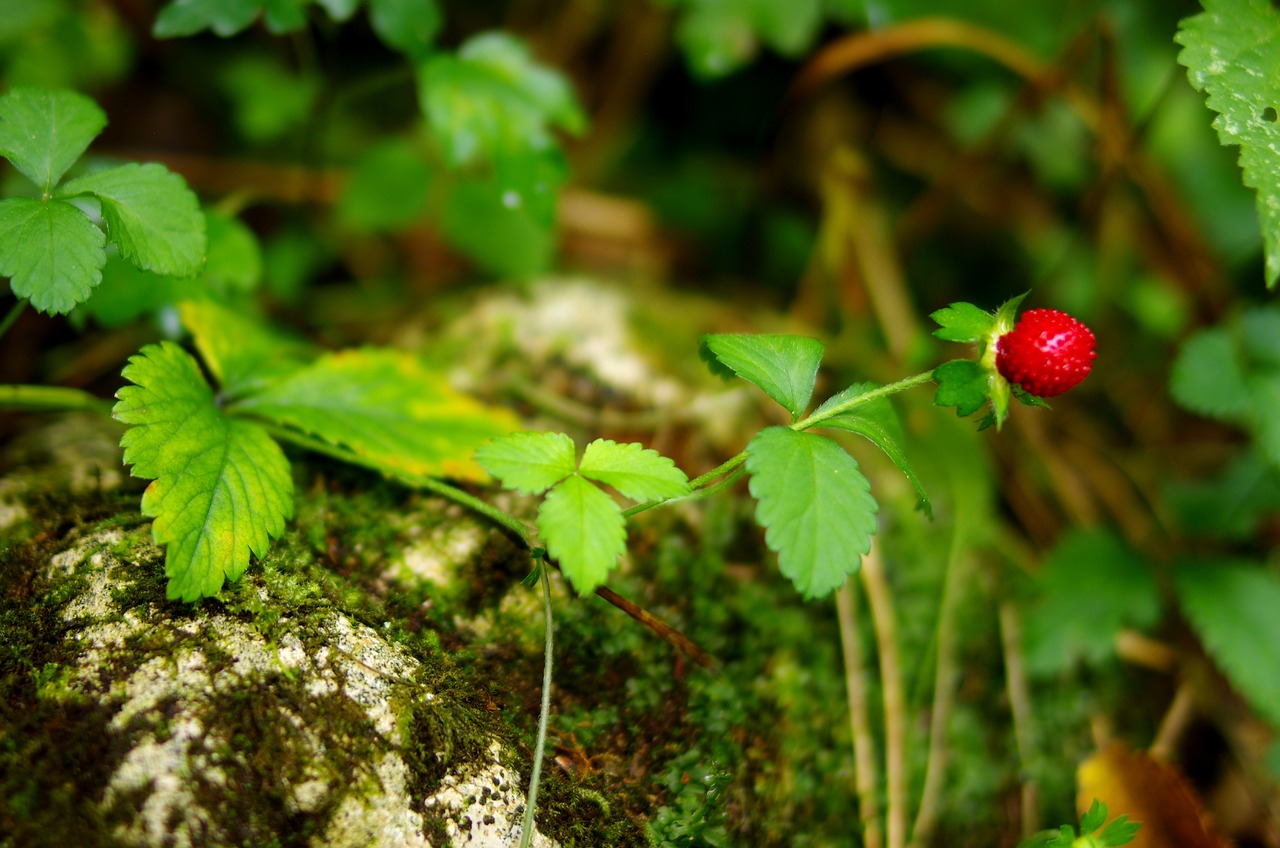
Strawberries are a delicious and nutritious fruit that can be grown in your backyard garden. However, sometimes your strawberry plants may refuse to grow, leaving you with a disappointing harvest. In this article, we will explore the seven most common reasons why your strawberry plants are not growing and provide you with practical solutions to get them thriving again.
Reason 1: Poor Soil Quality
The soil quality is one of the most critical factors that affect the growth of your strawberry plants. If the soil is too acidic or alkaline, your plants may not be able to absorb the necessary nutrients. Additionally, soil that is too compacted or lacks organic matter can also hinder the growth of your plants.
Solution: Test your soil pH levels and amend the soil with organic matter such as compost or aged manure. This will help to improve the soil structure and provide your plants with the necessary nutrients.
Reason 2: Lack of Sunlight
Strawberry plants require at least six hours of direct sunlight per day to grow and produce fruit. If your plants are not getting enough sunlight, they may not grow as well or produce as much fruit.
Solution: Relocate your plants to a sunnier spot in your garden or trim back any overhanging branches that may be blocking the sunlight.
Reason 3: Overcrowding
Strawberry plants need adequate space to grow and spread out. If your plants are overcrowded, they may not have enough room to grow and produce fruit.
Solution: Thin out your plants by removing any runners or transplanting them to a new location. This will give your plants more space to grow and produce fruit.
Reason 4: Improper Watering
Strawberry plants require consistent moisture to grow and produce fruit. If your plants are not getting enough water or are being overwatered, they may not grow as well or produce as much fruit.
Solution: Water your plants deeply once a week, making sure to soak the soil to a depth of at least six inches. Avoid getting water on the leaves, as this can lead to fungal diseases.
Reason 5: Pest and Disease Problems
Strawberry plants are susceptible to a variety of pests and diseases, including aphids, spider mites, and powdery mildew. If left untreated, these problems can severely damage or kill your plants.
Solution: Monitor your plants regularly for signs of pests or diseases and take appropriate action. This may include using organic pest control methods or applying fungicides.
Reason 6: Improper Fertilization
Strawberry plants require regular fertilization to grow and produce fruit. If your plants are not getting enough nutrients, they may not grow as well or produce as much fruit.
Solution: Fertilize your plants with a balanced fertilizer every four to six weeks during the growing season. Avoid over-fertilizing, as this can lead to excessive foliage growth and reduced fruit production.
Reason 7: Improper Planting
Planting your strawberry plants too deep or too shallow can also affect their growth and fruit production. Additionally, planting your plants too close together can lead to overcrowding and reduced fruit production.
Solution: Plant your strawberry plants at the correct depth, with the crown of the plant at soil level. Space your plants at least 12 inches apart to allow for adequate growth and fruit production.
Conclusion:
Growing strawberries can be a rewarding experience, but it requires proper care and attention. By addressing the seven most common reasons why your strawberry plants may not be growing, you can get them thriving again and enjoy a bountiful harvest of delicious, juicy strawberries. Remember to test your soil, provide adequate sunlight and water, thin out your plants, monitor for pests and diseases, fertilize regularly, and plant your plants correctly. With these tips, you can enjoy a successful strawberry harvest year after year.
